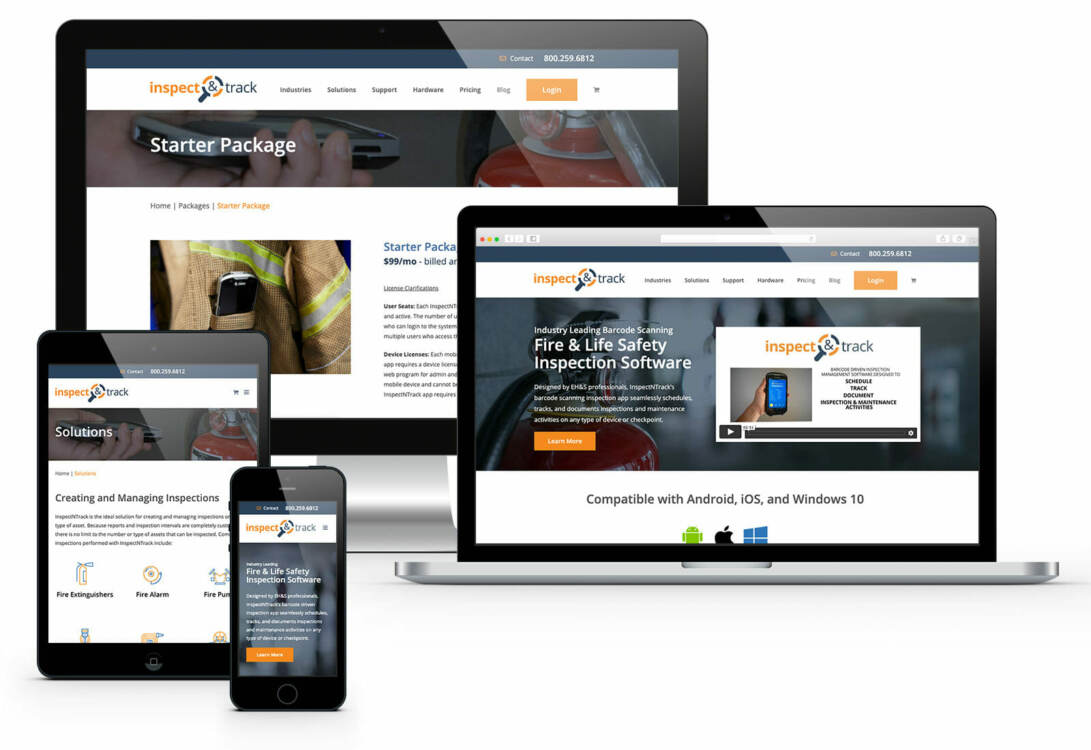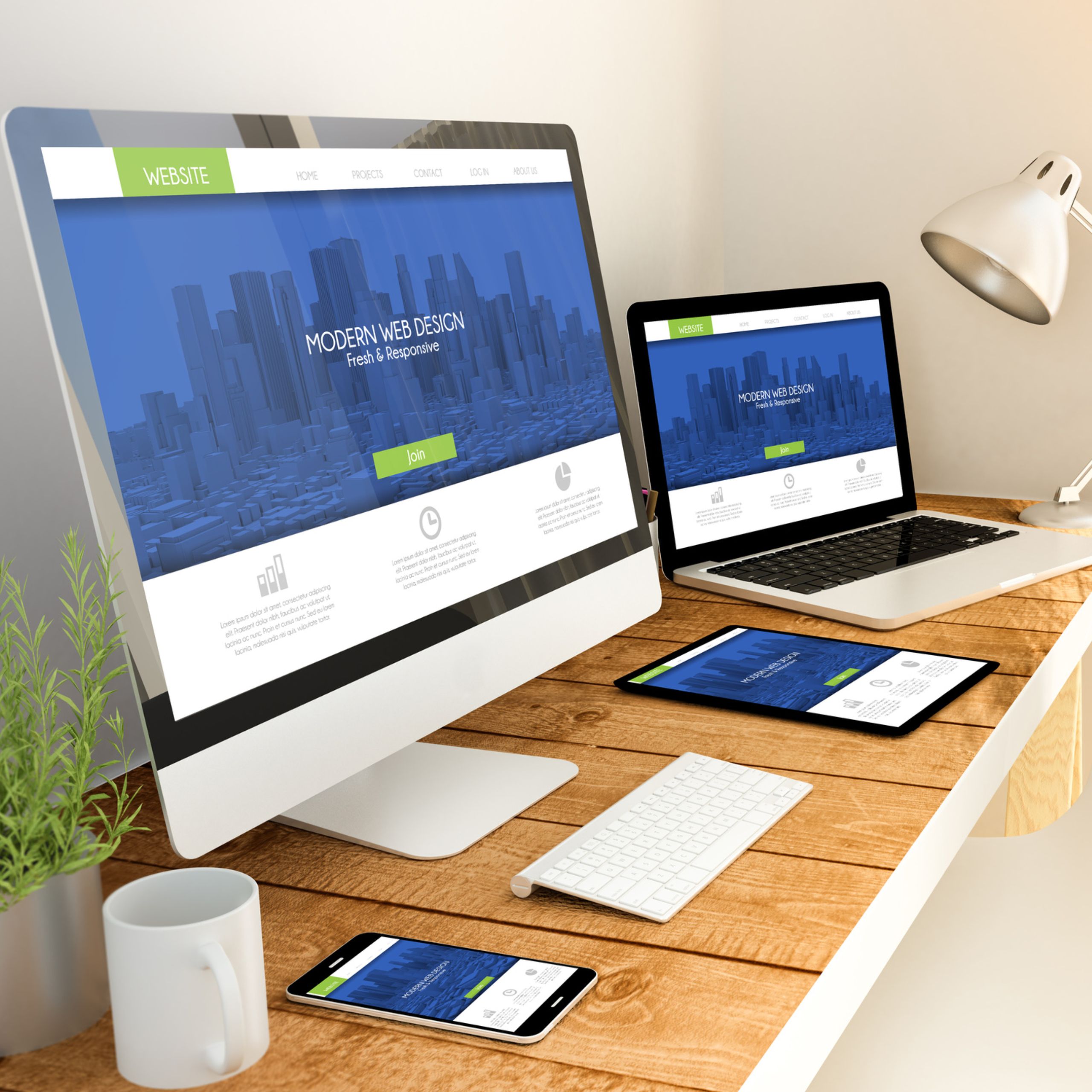Learn Just How Web Layout Functions to Develop Engaging Individual Experiences
Internet design plays an important role in shaping customer experiences throughout digital platforms. By comprehending crucial principles like functionality and aesthetic power structure, developers can develop sites that not just attract site visitors however likewise urge them to involve. Reliable layouts and well-balanced shade systems can significantly affect customer behavior. Nevertheless, there are deeper factors to consider that surpass aesthetics, which are crucial for fostering a comprehensive on the internet environment. What are these aspects that can transform a straightforward internet site into an engaging experience?
Recognizing the Principles of Web Design
The structure of efficient internet design hinges on a set of core principles that guide the development of involving user experiences. These concepts include usability, availability, and visual power structure, each playing a vital duty in exactly how individuals communicate with a web site. Usability assures that customers can browse intuitively, locating details easily. Access widens the reach of an internet site, accommodating customers with diverse demands and abilities. Visual hierarchy directs users' attention to crucial elements, assisting in much easier comprehension of web content. In addition, consistency in design components promotes experience, improving customer convenience. Color pattern and typography must enhance the total visual while maintaining readability. Moreover, responsive style adapts to various gadgets, guaranteeing a seamless experience throughout systems. By adhering to these principles, developers produce internet sites that not just captivate users yet additionally guide them toward preferred activities, ultimately boosting interaction and complete satisfaction.
The Significance of Design in Individual Experience
Reliable layout serves as a foundation for customer experience, influencing exactly how site visitors view and communicate with a web site. A well-structured design guides users' attention, making it simpler for them to navigate and find relevant info. By organizing content logically, designers can produce a seamless circulation that lessens cognitive load, enabling users to concentrate on their tasks.

In addition, receptive designs assure that internet sites operate well across numerous tools, maintaining functionality regardless of display size. Inevitably, a thoughtful design is vital in creating an engaging user experience that fosters satisfaction, urges exploration, and boosts the chance of conversions. Interest to layout style is crucial for effective internet interactions and overall customer involvement.
Shade Schemes and Their Impact on Interaction
Exactly how do color pattern influence customer interaction on web sites? Shade plans play an essential role fit individual assumption and habits. They evoke feelings and can substantially impact exactly how individuals engage with a website. As an example, cozy shades like red and orange can promote excitement and seriousness, while cooler shades like blue and green frequently share peace and trust fund.
Uniformity in shade usage fosters brand acknowledgment, making individuals more likely to involve with acquainted visuals. Efficient color comparison improves readability, guaranteeing customers can easily navigate material without strain. Additionally, the mental associations of shades can assist individuals towards preferred activities, such as clicking a call-to-action switch.
Inevitably, a thoughtfully picked shade system can not just bring in customers however additionally boost their general experience, leading to higher engagement rates and enhanced contentment. Internet designers have to very carefully take into consideration shade choices to enhance individual interaction and promote a positive environment.
Navigating Ideal Practices for User-Friendly Internet Site
What makes navigating straightforward and user-friendly on a web site? Effective navigation counts on clear framework and sensible hierarchy. Customers must easily find food selections, generally positioned on top or side of the page, allowing for fast accessibility to vital areas. Uniformity in design aspects-- such as fonts, colors, and button designs-- promotes experience, boosting customer convenience. Detailed labels for navigation links are crucial; they need to properly represent the web content customers can expect when clicked.
Furthermore, integrating a search function can help customers in locating specific information quickly. Dropdown food selections can organize subcategories without frustrating visitors, while breadcrumb trails assistance individuals track their location within the site. Mobile optimization is also critical, as touch user interfaces necessitate larger buttons and responsive styles. Ultimately, focusing on simpleness and clearness in navigation enables users to engage better with More Bonuses the website, promoting a favorable individual experience.
Making sure Access for All Users
Guaranteeing availability for all users is vital in website design, as about 15% of the international populace copes with some type of disability. Web designers have to focus on inclusivity by adhering to established guidelines like the Internet Material Accessibility Standards (WCAG) These standards give essential requirements that boost functionality for individuals with visual, auditory, electric motor, and cognitive problems.
Secret methods consist of utilizing detailed alt message for pictures, making certain sufficient color contrast, and providing keyboard navigability. Furthermore, carrying out display visitor compatibility can significantly enhance the experience for visually impaired users.
Testing internet sites with varied customer groups, including those with specials needs, can reveal possible obstacles and inform essential modifications. Informing layout groups regarding accessibility can foster a society of inclusivity, inevitably producing an extra appealing and easy to use find web experience. By focusing on availability, designers not just broaden their audience yet additionally demonstrate social duty and commitment to equivalent accessibility for all.
Regularly Asked Concerns
What Equipment Can I Utilize to Style My Internet site?
To create a web site, one can use devices like Adobe XD, Figma, Map Out, and WordPress. These systems supply anonymous various functions for design, prototyping, and content management, facilitating the development of practical and aesthetically enticing websites.
Exactly How Can I Test My Web site's Customer Experience?
To test a web site's customer experience, one can utilize tools like Google Analytics for actions tracking, conduct use screening with genuine individuals, and gather feedback via surveys to recognize locations for improvement and improve overall involvement.
What Prevail Errors in Internet Design to Stay Clear Of?
Typical errors in website design consist of chaotic formats, poor navigating, lack of mobile optimization, sluggish filling times, and utilizing also lots of font styles or colors. These concerns can prevent customer experience and reduce total site efficiency.
Just how Typically Should I Update My Web site's Design?
A web site's design must be updated each to 3 years, or a lot more frequently if substantial patterns arise or individual responses shows dissatisfaction. Normal updates boost looks and capability, making certain a fresh and interesting individual experience.
Can I Learn Web Style Without Coding Understanding?
Yes, one can discover website design without coding knowledge. Different devices and platforms enable users to develop visually appealing sites with drag-and-drop interfaces, enabling imagination without the intricacies of programming languages.
